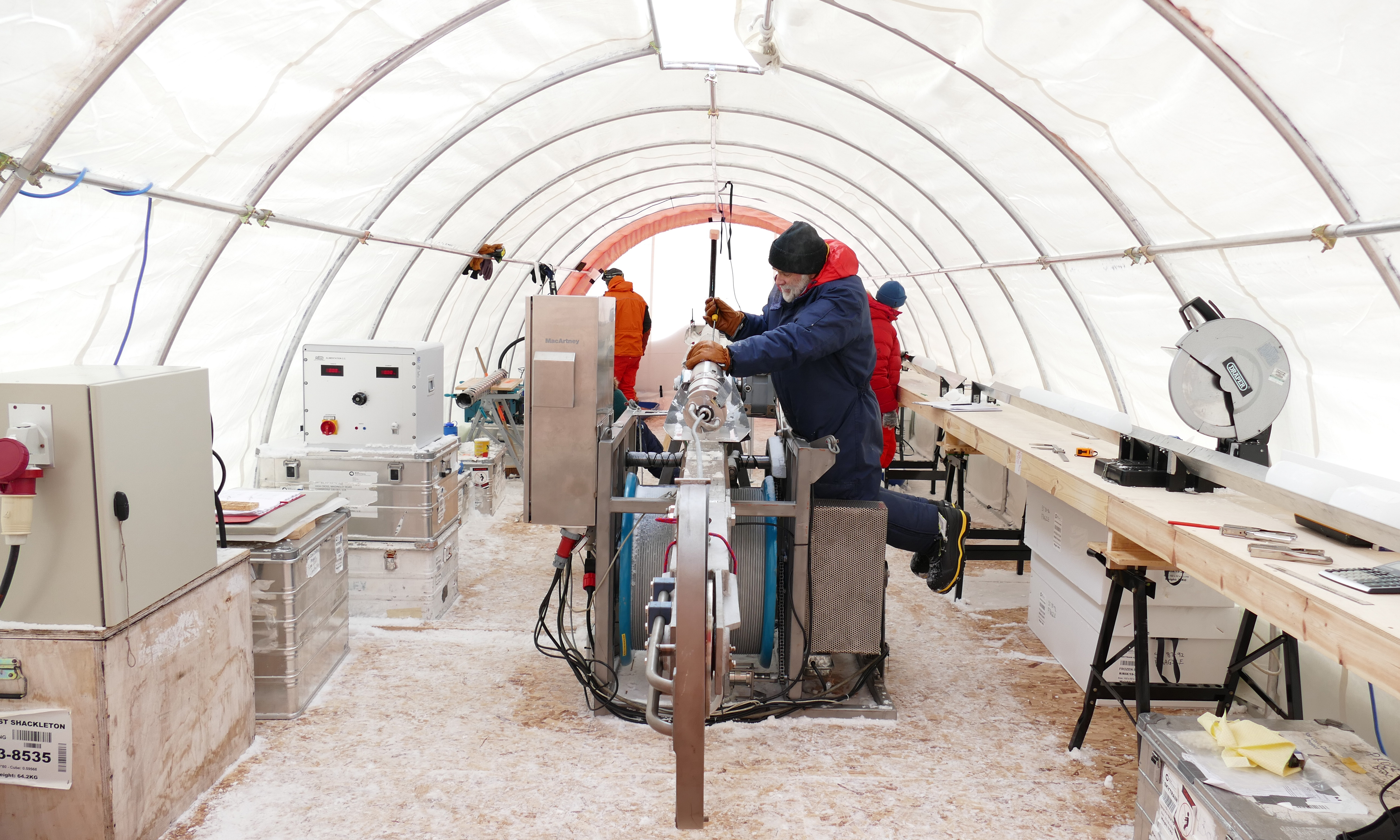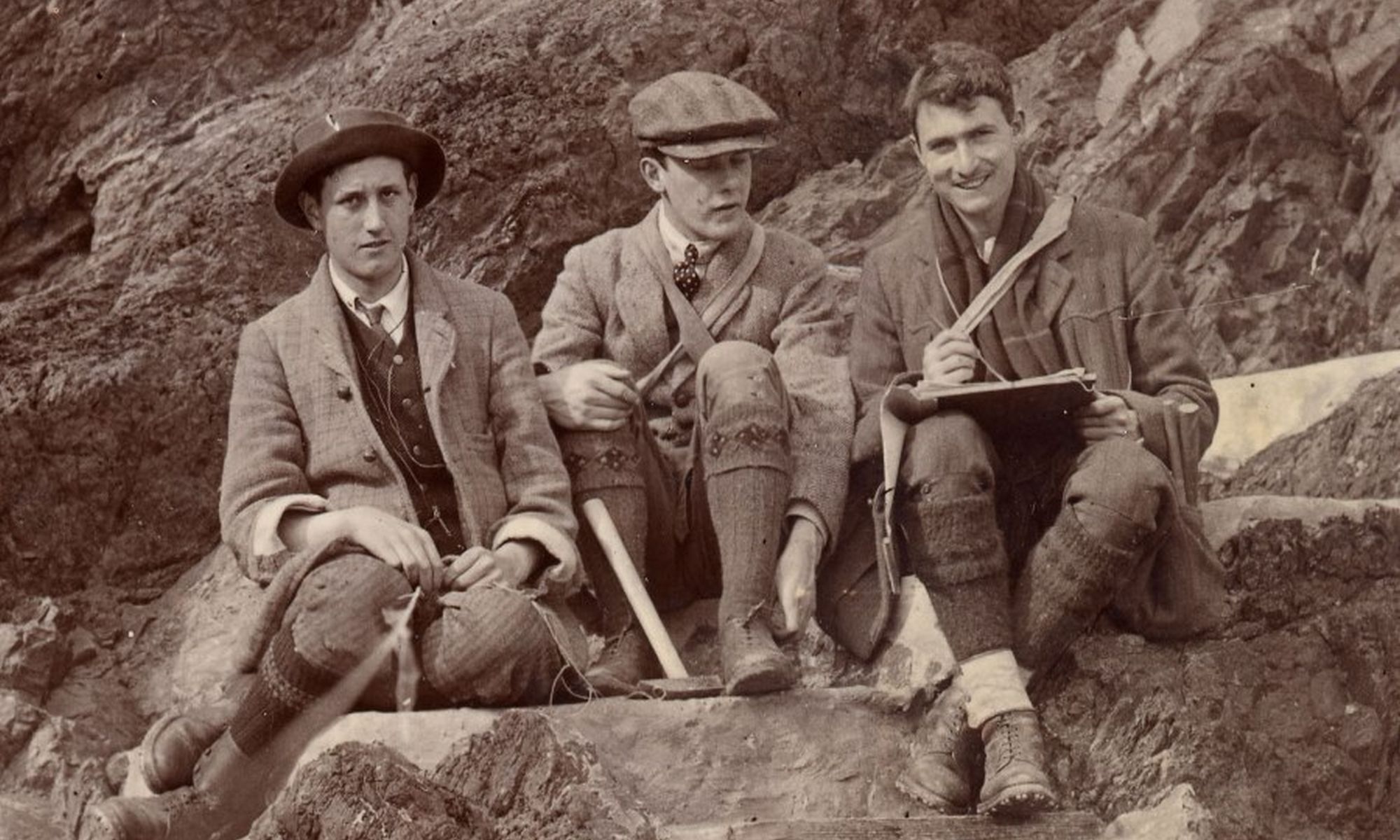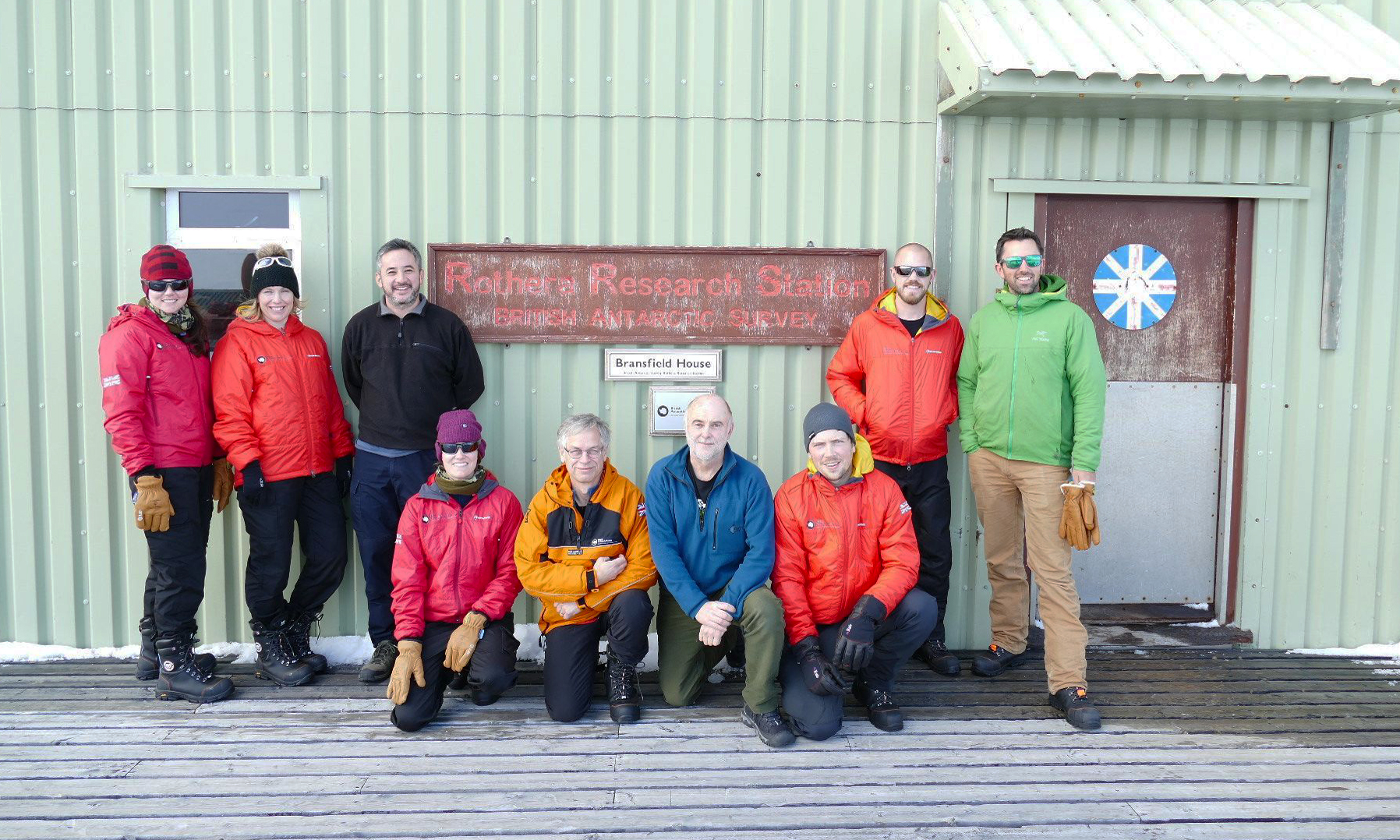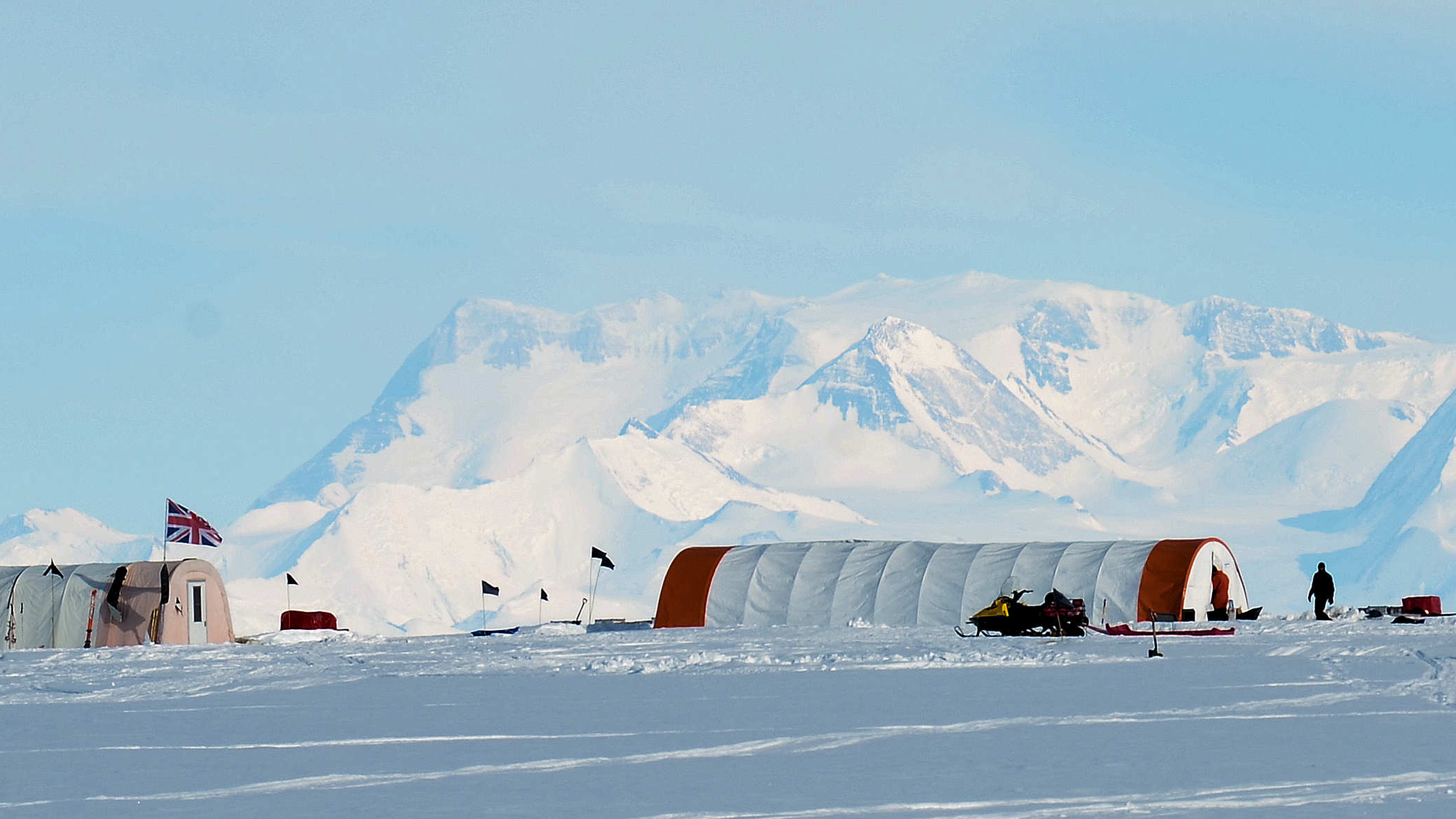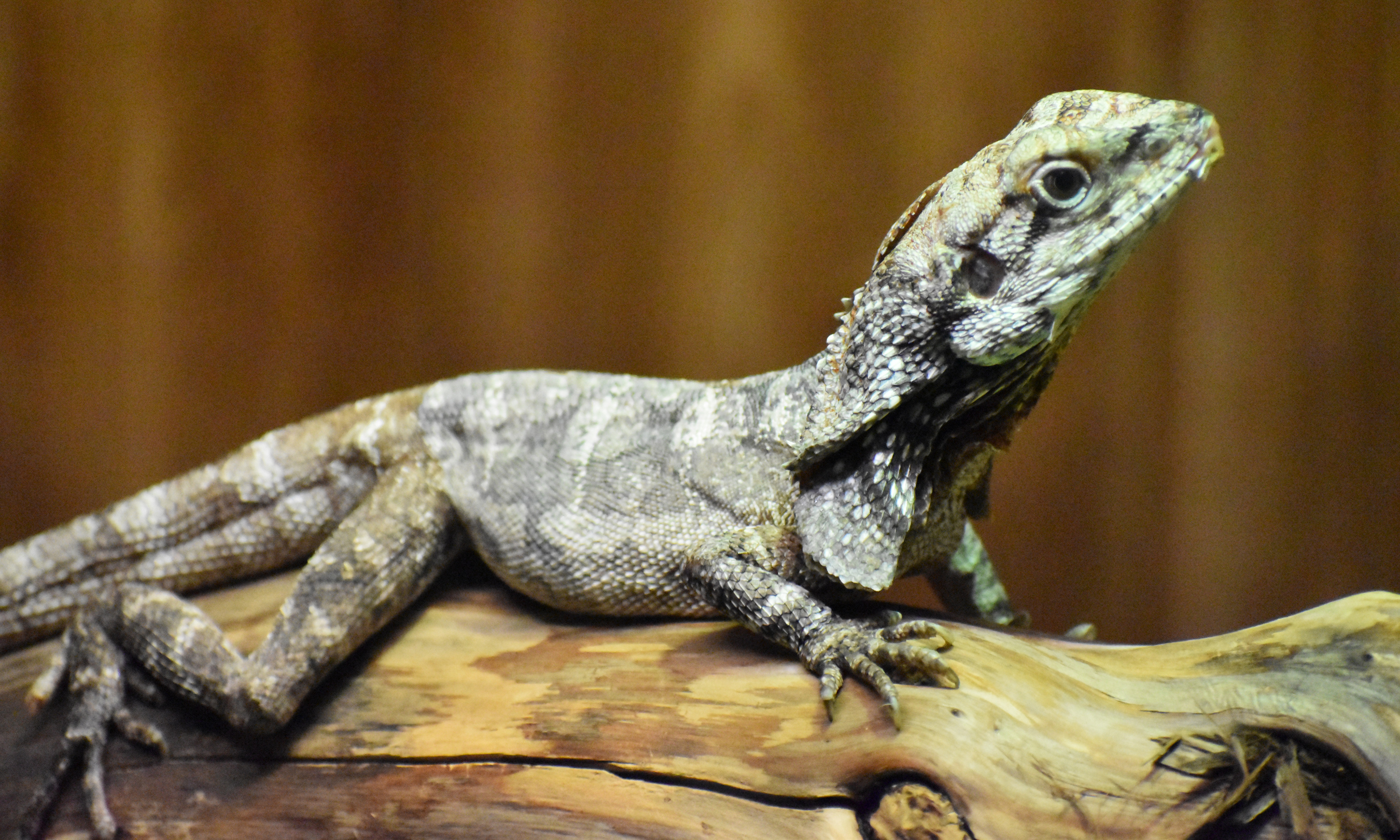In my last blog I wrote about all the expertise needed to get us into the field. Well finally eight of us, including me, have reached Skytrain Ice Rise, and are experiencing all the steps needed before we can drill an ice core.
Continue reading “WACSWAIN Drill Log: making camp in the Antarctic”W.B.R. King – the Cambridge geologist who went to war
William Bernard Robinson King was awarded the Military Cross for bravery with the British Expeditionary Force before being evacuated from Dunkirk in 1940. He was a Cambridge graduate and World War I veteran who pioneered the use of geological expertise in the theatre of war. King went on to become the 11th Woodwardian Professor of Geology at Cambridge in 1944.
Continue reading “W.B.R. King – the Cambridge geologist who went to war”
WACSWAIN Drill Log: preparing for fieldwork
Most of us assume that the key skills for our research are academic ones. But preparing for our field season in Antarctica for the WACSWAIN project, it’s obvious just how many other skills and attributes are needed, and how we rely on our non-academic support staff.
Nine of us are now waiting at Rothera research station on the Antarctic Peninsula, ready to fly into the field – four from Cambridge’s Department of Earth Sciences, and five from the British Antarctic Survey (BAS).
Continue reading “WACSWAIN Drill Log: preparing for fieldwork”Research on ice – introducing the WACSWAIN project
Four Cambridge Earth Scientists are about to travel to Antarctica for three months, where they will turn to the past to assess the risks to the future of the West Antarctic Ice Sheet. Project leader Professor Eric Wolff explains the aims and importance of their research.
Many large cities, and all those who get their living from the sea, live close to sea level. As a result, even small rises in sea level expose millions of people to extra risk. Sea level is currently rising due to a combination of melting glaciers, thermal expansion of the warming ocean, and contributions from large ice sheets.
Continue reading “Research on ice – introducing the WACSWAIN project”
Scanning Ediacaran fossils in Newfoundland
In September, I spent three weeks in Newfoundland, Canada working on world class Ediacaran fossil surfaces with Emily Mitchell, Charlotte Kenchington and Lucy Roberts. After eight hours of travelling, our bright red truck full of precision equipment, people and food arrived in the town of Portugal Cove South. We settled into ‘The Green House’, where we would be staying, and promptly collapsed in bed.
Continue reading “Scanning Ediacaran fossils in Newfoundland”
Dragon watching: unlocking mysteries of lizard movement
Evolutionary biomechanist and NERC DTP PhD student Luke Grinham’s research focuses on the evolutionary transition from a quadrupedal style of movement to a bipedal one in reptiles.
I tend to take two different but complimentary approaches to answering my research questions: observations and interpretations of fossil material, and musculoskeletal anatomy and biomechanics of living reptiles. These two directives frequently inspire and inform findings in each other. I’ll give a brief overview what I tend to do here!
Continue reading “Dragon watching: unlocking mysteries of lizard movement”
Back to school: introducing GCSE geographers to the geology of Dorset
In June, after the mad rush of exams and vivas, I found myself back at my secondary school in Birmingham, boarding a coach with some of my old geography teachers and over 60 Year 10 students. I had been asked to come along to highlight some of the amazing geology on show along the Jurassic coast.
Continue reading “Back to school: introducing GCSE geographers to the geology of Dorset”
Sedgwick’s paper time machines
21 May 2018 marked two hundred years since Adam Sedgwick (1785-1873) became the Woodwardian Professor of Geology in Cambridge. Staff at the Sedgwick Museum have organised events and displays to celebrate this special anniversary. In this blog we look at the Archive – beginning with Sedgwick’s early journals.
Continue reading “Sedgwick’s paper time machines”


